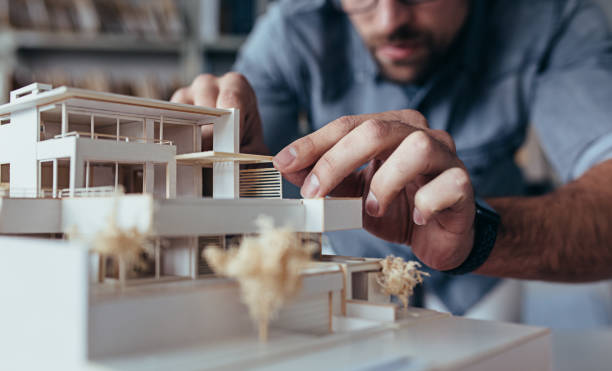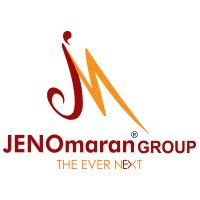Effectively collaborating with clients is imperative for every project that architecture consultancy services handle. The design process is the core of any architectural project since that sets the framework for a captivating result. By collaborating with the clients right from the start will ensure architecture consultancy services deliver the most cost-effective and best solutions to the client’s problems. This process will also emphasize the fact that those who use the completed building can provide critical insights into the effectiveness and efficiency of the space created.

Design thinking
Modern-day architecture consultancy services incorporate “ Design thinking” into the projects that they are entrusted with, as the heart of the collaborative process. This “Design thinking” is typically divided into 5 distinct phases.
Listening carefully and observing
Listening carefully to the way the space is used by the client and their employees provide the right perspectives. Further, it helps in grasping the functional and physical needs of the space and the inspirational and emotional needs of the users.
Defining the opportunities and issues
The exact process of defining issues and opportunities may differ with each project, but the result will be reducing inefficiencies, eliminating wastage of space, and addressing redundancies for all stakeholders, with an eye on improving efficiency at all levels within the space created.
Ideation
The next phase of collaboration with clients involves brainstorming with all stakeholders to evolve new ways to address the challenges and concerns of the client and identify opportunities that emerge in the process. The ideation process can extend even to wholly unrelated personnel like doctors or teachers to gain an insight into their perception of the proposed design and how they can use the space when constructed.
Testing
Testing is the final phase that helps in determining that the potential design is vetted well and sustainable. The architecture consultancy services also examine “what if” scenarios in association with the client and test the scenarios to understand the consequences. The digital world has many tools that help in sharing information with large project teams to ensure that every member of the team has access to identical information.
